In Paris,,it,Sotheby's presents an extraordinary recent discovery of an Imperial China treasure,,it,It is a rare 18th century porcelain vase,,it,Yangcai’ Famille-Rose,,zh-CN,which brings to light the reign of Emperor Qianlong,,it,Discovered by chance in the attic of a French family,,it,this magnificent vase was brought to Sotheby's Paris by its unsuspecting owners in a shoebox,,it,When the Sotheby's specialist,,it,Olivier Valmier,,lv,he opened the box to examine the vase,,it, Sotheby’s presenta una straordinaria recente scoperta di un tesoro della Cina Imperiale. Si tratta di un raro Vaso in porcellana del XVIII secolo ‘Yangcai’ Famille-Rose, che riporta alla luce il regno dell’imperatore Qianlong ( 1736-1795). Scoperto per caso nella mansarda di una famiglia francese, questo magnifico vaso è stato portato a Sotheby’s Parigi dai suoi ignari proprietari in una scatola da scarpe. Quando lo specialist di Sotheby’s, Olivier Valmier, ha aperto la scatola per esaminare il vaso, he was immediately impressed by his exceptional quality,,it,Further research has revealed that it is indeed a unique example,,it,produced by the most refined artisans of the time of Emperor Qianlong,,it,Of extraordinary importance,,it,the vase will be auctioned at Sotheby's Paris the,,it,with an estimate of € 500,000 -,,it,£430,000 –,,en,US$,,en,HK $ 4.8-6.7 million,,it,The vase may have been bought in Paris in the late nineteenth century with the new fashion for Japanese and Chinese art,,it. Ulteriori ricerche hanno rivelato che si tratta infatti di un esemplare unico, prodotto dai più raffinati artigiani del tempo dell’Imperatore Qianlong. Di straordinaria importanza, il vaso sarà offerto all’asta a Sotheby’s Parigi il 12 June, con stima di €500,000 – 700,000 (£430,000 – 610,000 / US$ 600,000 – 850,000 / HK$4.8-6.7 milioni).
Il vaso potrebbe essere stato acquistato a Parigi nel tardo Ottocento con la nuova moda per l’arte giapponese e cinese. Interesting to note that the only vase with this shape and with a similar design,,it,currently at the Collection of the Musée Guimet in Paris,,it,it was bought at the same time by Ernest Grandidier,,it,around,,it,from Philippe Sichel,,it,an Asian art merchant active in Paris in the late nineteenth century and one of the first supporters of Japanese art in France,,it,This vase is exceptionally rare,,it,it is the only known example of this kind,,it,produced by the Jingdezhen workshop for the court of Emperor Qianlong,,it, attualmente presso la Collezione del Musée Guimet di Parigi, fu acquistato nello stesso periodo da Ernest Grandidier (1833-1912) intorno al 1890 da Philippe Sichel, un mercante di arte asiatica attivo a Parigi nel tardo XIX secolo e uno dei primi sostenitori dell’arte giapponese in Francia.
Questo vaso è di eccezionale rarità: è l’unico esemplare conosciuto di questo genere, prodotto dalla bottega di Jingdezhen per la corte dell’Imperatore Qianlong (1735-1796). The pink Family piglet,,fr,also known as 'yangcai' porcelain,,it,they are extremely rare on the market,,it,most of these specimens are found at the National Palace Museum in Taipei or in other museums in the world,,it,We remember that,,it,in April this year,,it,a Famille-Rose porcelain was sold by Sotheby's Hong Kong for,,it,These yangcai porcelain commissions were the true symbol of the ceramics produced by the imperial formers of Jingdezhen,,it,They were produced as unique objects,,it,sometimes in pairs,,it (anche conosciute come porcellane ‘yangcai’) sono estremamente rare sul mercato, la maggior parte di questi esemplari si trova al National Palace Museum in Taipei o in altri musei del mondo. Ricordiamo che, ad aprile di quest’anno, una porcellana Famille-Rose è stata venduta da Sotheby’s Hong Kong per $ 30.4 million.
Queste commissioni di porcellane yangcai erano il vero simbolo della ceramiche prodotte dalle formaci imperiali di Jingdezhen. Erano prodotte come oggetti unici, talvolta in coppia, never however in large quantities,,it,This technique combined a new color palette with Western-style compositions,,it,In addition to their high quality,,it,yangcai paints were destined to create the most sumptuous effect possible,,it,that will be sold by Sotheby's Paris,,it,has a body surrounded by a magnificent landscape with deer,,it,daini,,en,cranes and pines,,it,all auspicious symbols,,it,health and longevity,,it,The naturalistic garden illustrates,,it,most likely,,it,one of the imperial parks designed for the pleasure of the Emperor,,it. Questa tecnica combinava una nuova palette di colore con composizioni in stile Occidentale. Oltre alla loro alta qualità, le vernici yangcai erano destinate a creare l’effetto più sontuoso possibile.
Il vaso, che verrà venduto da Sotheby’s Parigi, ha un corpo circondato da un magnifico paesaggio con cervi, daini, gru e pini, tutti simboli di buon auspicio, salute e longevità. Il giardino naturalistico illustra, molto probabilmente, uno dei parchi imperiali progettati per il piacere dell’Imperatore. The fallow deer is a symbol of happiness,,it,prosperity and longevity,,it,cranes personify old age,,it,immortality is represented by the lingzhi,,it,mushrooms that grow on the islands where the gods lived,,it,Rare Chinese vase at auction from Sotheby's in Paris,,it, prosperità e longevità, le gru personificano la vecchiaia, finally, l’immortalità è rappresentata dai lingzhi, funghi che crescono sulle isole dove risiedevano gli dei.
Raro vaso cinese in asta da Sotheby’s a Parigi
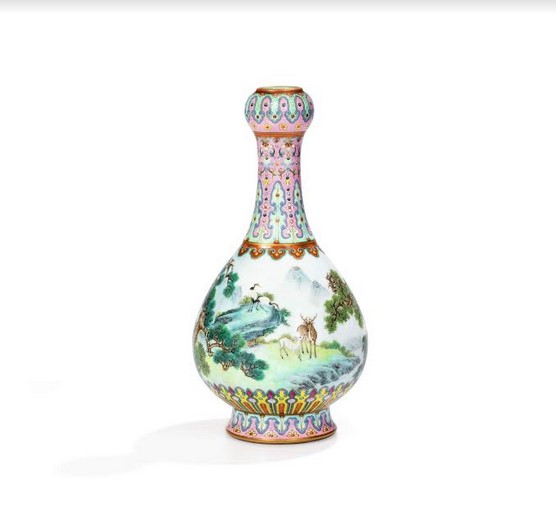


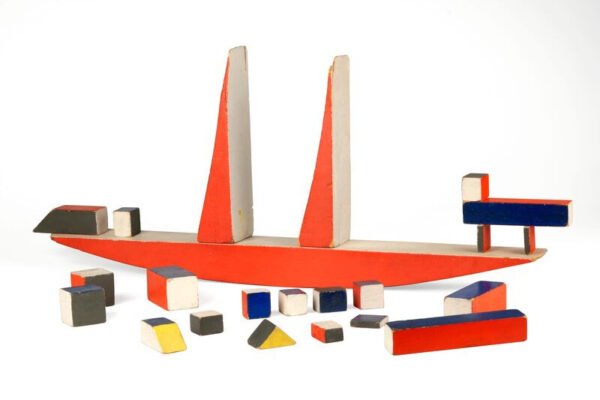
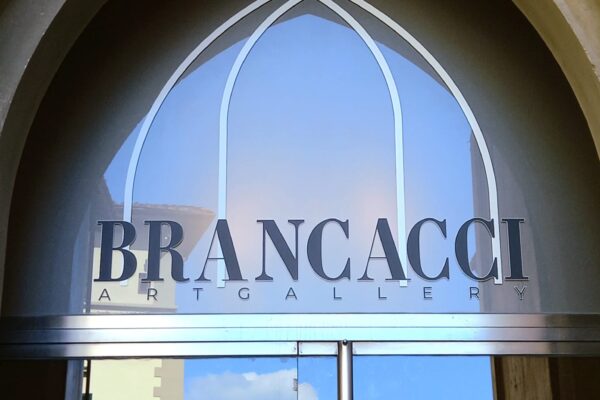

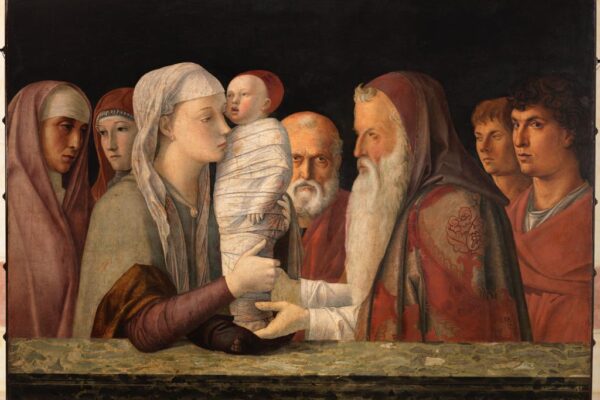

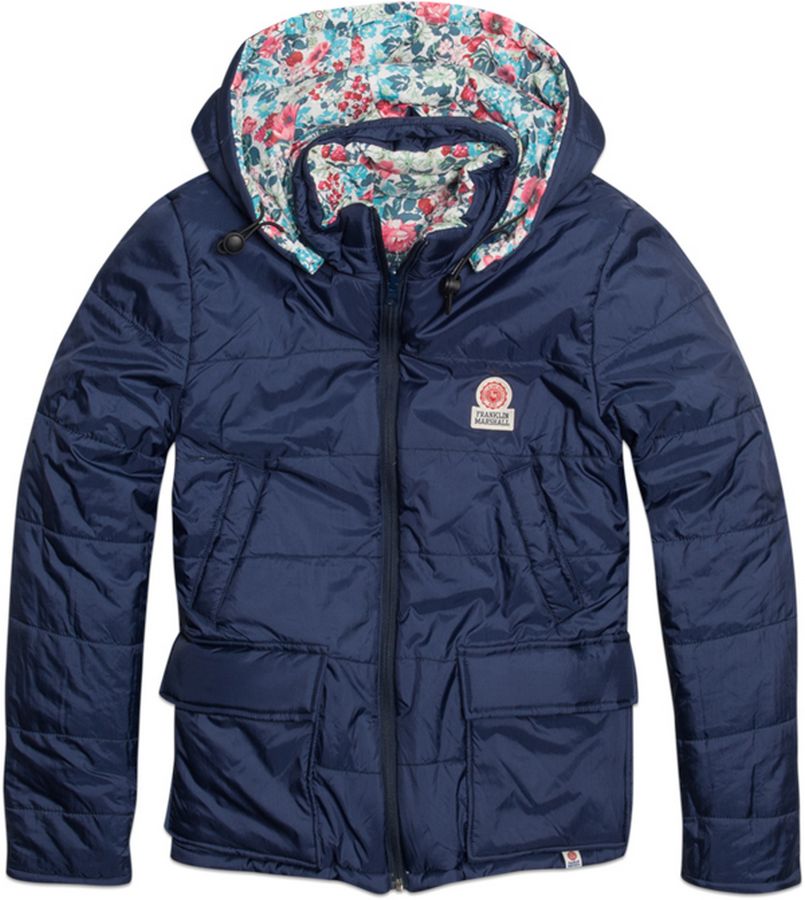
Leave a Reply